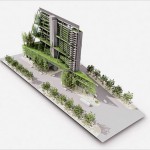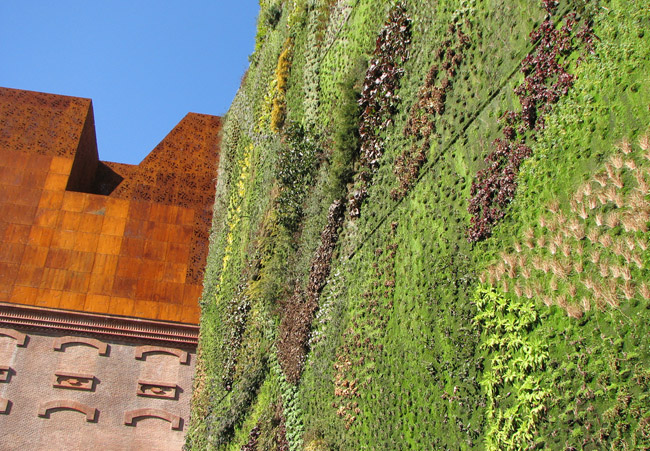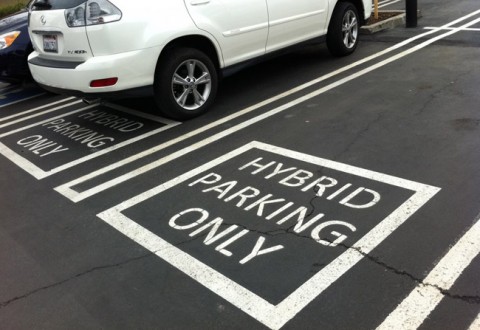Planning for the future in which the environment and efficiency are just as, if not more important, than cost requires a different mode of thinking. We have to look at our world in a big picture, “everything is connected” mentality. Many have believed this adage for a long time, but as new science and research emerge to support this idea, it is becoming generally more accepted.
Everything we do is connected, and we have the ability to change the way we do things and the way we interact with our environment. There are a good many who have changed their ways of thinking in the marketplace, buying green technologies such as solar powered garage doors, water heaters, and electronics chargers, but understanding the need for the localization of our economies is not an area that many of us give much thought to.
The distance our food travels from farm to table is impressive and often surpasses the distance we ourselves will travel in our lifetimes. This puts a big strain on our environment. The industrial, chemical manner in which we now farm crops is also taking its toll on the environment, topsoil in particular. Topsoil is the basis by which we can grow food. This is where crops root and how they are fed. However, with the introduction of chemical inputs, we have focused less on soil health and more on yield. The result is that we are losing topsoil at an alarming rate as our population is bursting at the seams. In short, we have less land to farm food for more people.
 This has caused researchers to look for alternative ways of farming. Vertical farming is one such concept that is thought to have the potential to help feed urban areas locally and in a more efficient, environmentally sustainable fashion. As the name implies, these farms are built up instead of out. These are not your typical farms; these are indoor farms that are in high-rise buildings, utilizing hydroponic growing techniques (that means no soil is needed).
This has caused researchers to look for alternative ways of farming. Vertical farming is one such concept that is thought to have the potential to help feed urban areas locally and in a more efficient, environmentally sustainable fashion. As the name implies, these farms are built up instead of out. These are not your typical farms; these are indoor farms that are in high-rise buildings, utilizing hydroponic growing techniques (that means no soil is needed).
In theory, this would be a great way to retrofit urban buildings that are not in use and provide a way to offer fresh local produce, even in winter. While there are adversaries of this alternative to traditional farming, it could be a feasible way to help implement local food chains in large urban areas. It is thought that the future is going to require localized, sustainable food networks and vertical farms could be a part of the mix.
Photo Credit: ![]() Some rights reserved by Lauren Manning on Flickr.
Some rights reserved by Lauren Manning on Flickr.
Photo Credit: ![]()
![]()
![]() Some rights reserved by Curbed SF on Flickr.
Some rights reserved by Curbed SF on Flickr.



